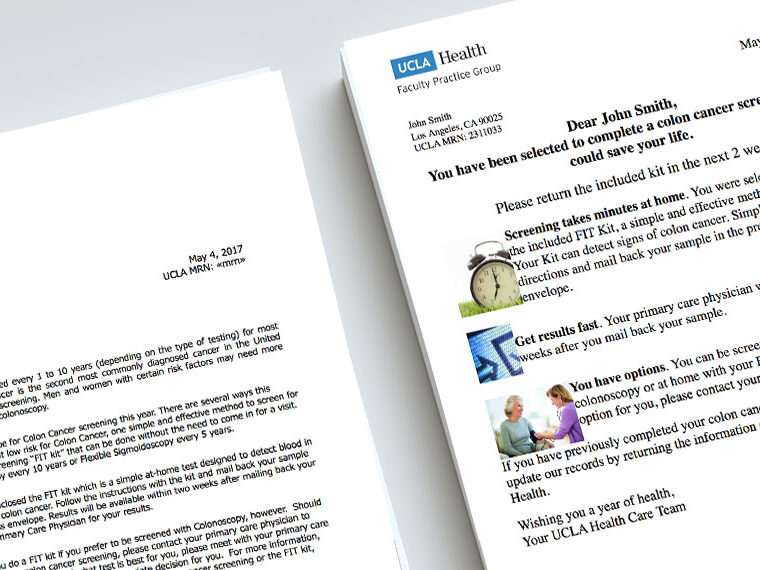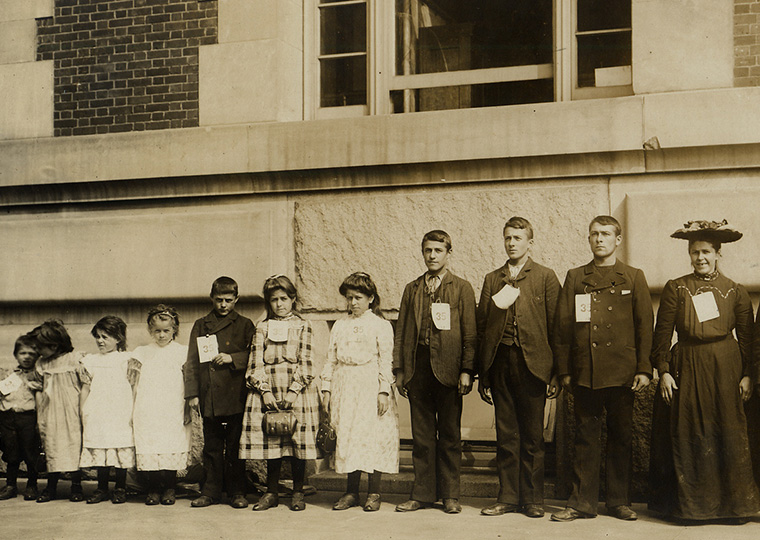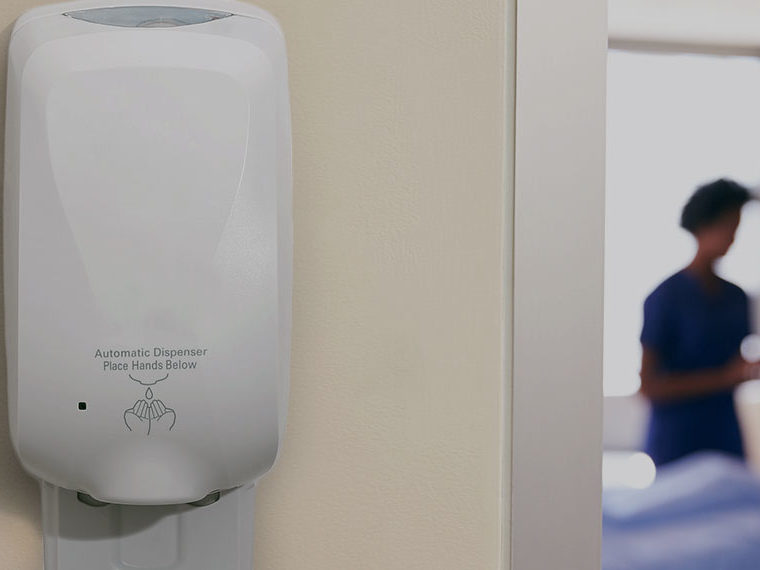When beds are limited, turning away the sickest and poorest boosts margins
Nursing homes are not supposed to turn away patients because they’re particularly poor or sick, but the U.S. health care system gives them cold, hard financial reasons to do just that. Medicaid, the government program to pay for indigents’ health care, pays the facilities significantly less for their services than Medicare or private-pay patients do. In many states, Medicaid does not compensate for additional care required for patients with dementia, obesity or other high needs. And the poorer, sicker Medicaid patients likely will stay in nursing homes much longer than other patients.
UCLA Anderson’s Ashvin Gandhi quantifies this problem and analyzes several potential solutions. In a working paper, Gandhi presents strong evidence that skilled nursing facilities intentionally turn away Medicaid patients, especially those facing potentially lengthy stays.
About half of these Medicaid patients with very long anticipated stays are not admitted to their first-choice facility, according to current estimates in the working paper. Medicare patients, meanwhile, “are able to go to whatever facility they want, for the most part,” Gandhi said in a phone interview.
Opt In to the Review Monthly Email Update.
It’s hard to know precisely where patients sought treatment but were rejected, or where they didn’t bother to seek care because they believed they wouldn’t be admitted. Gandhi’s idea is to identify discrimination by looking for observed admission patterns consistent with discriminatory behavior.
Strictly to optimize profits, Gandhi explains, a facility would prefer its beds to be filled with Medicare patients or, if not, the somewhat less lucrative private-pay patients. But a Medicaid patient is better than an empty bed. Economic theory suggests that if facilities are picking their patients, they should be pickier about who they admit when they have only a few open beds because, when they run out of beds, they might have to turn more profitable patients away.
The study’s findings are consistent with admissions discrimination. Facilities were likelier to admit patients that are poorer (Medicaid) and sicker (need more care; potentially long-stay) on days that they were not very full. As occupancy rose, they were much less likely to do so. About one-fifth of California patients were not admitted to their preferred facility, according to the paper’s early estimates. Because long-stay patients are disproportionately affected, about 40% of care days are spent at a facility that wasn’t the patient’s first choice.
The findings offer a contrarian explanation of why Medicaid patients consistently end up in the worst nursing homes. Other research has suggested that these patients do not have strong preferences for certain facilities, or that their preferences are related more to amenities or location than staffing levels and other care indicators. Gandhi finds that, in many cases, Medicaid patients are simply turned away from their preferred facilities because they are less lucrative customers.
Policymakers have weighed several changes aimed at improving access to high-quality nursing facilities. Using the San Diego area as an example, Gandhi predicts the effectiveness of three of these policies.
Mandating “first come, first admitted” practices does improve access to high-quality facilities by Medicaid patients, but these gains come largely at the expense of access by non-Medicaid patients. Raising Medicaid rates resulted in a similar trade-off, the study finds. The underlying factor limiting the efficacy of these policies is that there are not enough beds at some facilities to meet their high demand. Adding 800 beds (an 11% increase) to high-demand facilities leads to better access by both Medicaid and non-Medicaid residents. Back-of-the-envelope calculations suggest that the cost of adding beds is low relative to the benefit, making it significantly more cost-effective than raising Medicaid rates. However, getting high-quality facilities to expand capacity while maintaining their quality is likely to pose many challenges.
There are other complications the paper tries to address. For example, it’s not uncommon for a patient to use all three payment methods — Medicare, private pay and Medicaid — at one facility, Gandhi explains.
Consider a middle-class 70-year-old recovering from a broken hip. Government-backed Medicare might provide coverage for up to the first 100 days of skilled nursing rehab, and most patients go home before then. If the patient needs to stay longer, she’ll pay out of pocket, or possibly with private insurance coverage. With California care costing about $100,000 per year, she can quickly exhaust those funds. Medicaid then kicks in to pay the facility. These Medicaid patients can stay a long time, sometimes for years.
The study uses each resident’s Medicare and Medicaid claims to track which part of each stay was reimbursed by each source. While Gandhi does find that selective admissions affect skilled nursing patients in all payment categories, a primary takeaway of the paper is that Medicaid-eligible residents with long anticipated stays bear the brunt of these practices.
Featured Faculty
-
Ashvin Gandhi
Assistant Professor of Strategy
About the Research
Gandhi, A. (2019). Picking your patients: Selective admissions in the nursing home industry.





